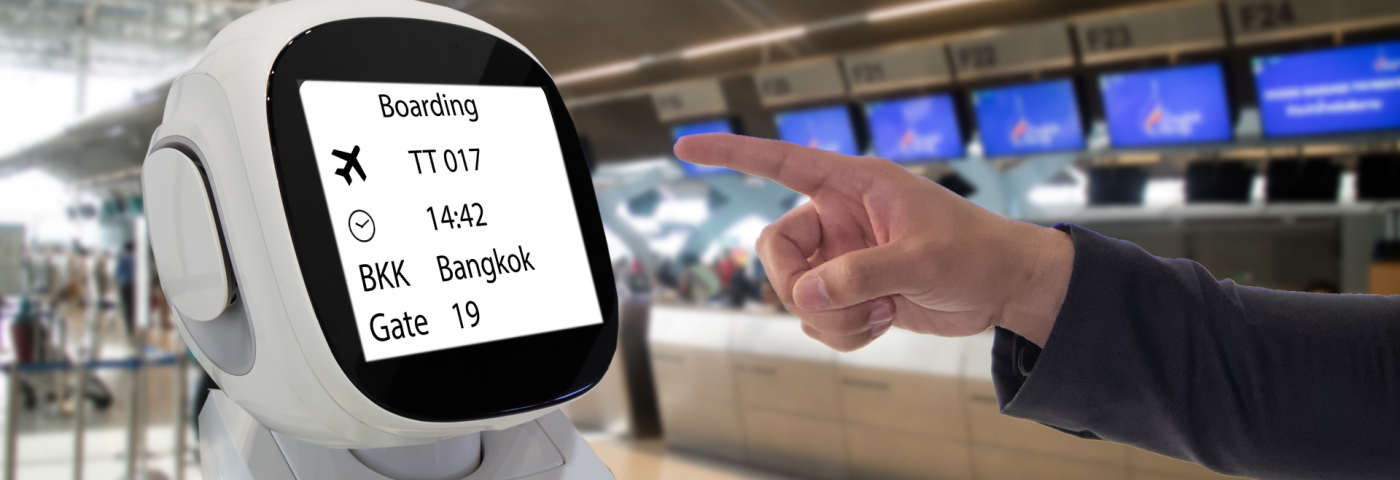A lot has changed in Brazil, and the country’s skies will never be the same again.
We can safely say that that “country of the future”, which was carefully and delightfully described by Austrian writer, Stefan Zweig, courageously faced up to the major challenges that were associated with modernizing its airport system and bringing forward by many years the future which everyone dreamed about.
Brazil’s airports were behind in their development, but this changed when it adopted the Airport Concession Programme, which in a little over four years, with a lot of effort and many investments, ensured that the country advanced quickly and it now has a modern and efficient airport system.
The change in the sector started on paper in 2010. In the following years, the first airport tenders were put out to the private sector: São Gonçalo do Amarante (RN), Juscelino Kubitscheck Airport (DF), Guarulhos International Airport (SP) and Viracopos (SP), which were followed in a second phase by the tenders for the airports of Galeão (RJ) and COFINS (MG).
The holding of major events, such as World Youth Day, the Confederations Cup, the Football World Cup, the Olympics and the Paralympics, helped speed the work up; the forecast was hat R$ 27 billion would be invested, and this in fact happened.
The concession programme advanced again in 2017, with tenders for the airports of Fortaleza (CE), Salvador (BA), Porto Alegre (RS) and Florianópolis (SC). Now, in March 2019, another 12 airports will be put up for sale using a concessions en bloc model.
These airports were meticulously modernized, work that led to the creation of thousands of jobs and the incorporation of brand-new technologies. The main objectives of the change were to improve service and safety at airports and in the country’s airspace.
The new terminals, which were built in record time, received better boarding bridges, more modern information feeds, more efficient conveyors, new lifts and escalators and comfortable buses for carrying passengers within the airport.
The patios were also expanded, with more positions available for moving aircraft, while new take-off and landing runways were built in some airports.
To improve user comfort, the concessionaires installed new commercial and duty-free shops that now carry a wide range of products and services. User car parks were enlarged and new hotels and VIP rooms were built in the terminals to provide passengers in transit with more comfort.
This general refurbishment made Brazilian aviation much more punctual. It also reduced boarding and disembarkation times, decreased queuing times at customs and immigration, increased baggage reclaim speeds and considerably improved the quality of the services provided by airports.
Consumer perception changed significantly and with it the evaluation mark given in user satisfaction surveys that are carried out by the Department of Civil Aviation, which varies from 0 to 5; it went from an average 3.75 in 2013 to 4.43 at the end of 2018.
As a result of this extensive modernization process, these privatised airports have been classified in surveys as being among the best in their category in the country and Latin America.
Improvement in the business environment and cultural diversity, allied to natural riches and beauty and the mild climate, the cordiality of its citizens and the existing infrastructure for welcoming visitors are strong attractions for a significant expansion of tourism in Brazil in the coming years.
Some 216 million people passed through Brazil’s airports in 2018, most of them tourists. Over the next 20 years demand is estimated to reach more than 400 million passengers/year, and taking a more optimistic scenario it could reach 700 million/year.
This is what the National Association of Airport Administration Companies (ANEAA) are betting on. It counts among its members the first six airports that were privatised, and that today have won prizes and are recognized as being among the best in the country, but which are still investing with a focus on their vision of the future.
Source: ANEEA
The opinions expressed in this text are the author’s opinion and do not necessarily reflect the position of WTM Latin America.


